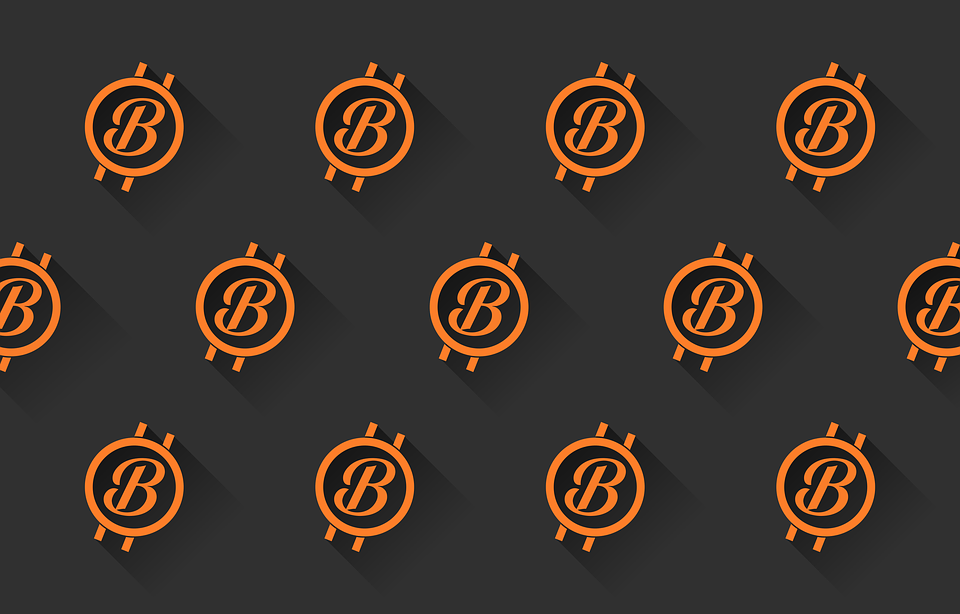Mining and Validation: Securing the Digital Ledger

The revolutionary success of blockchain technology rests entirely upon its unique capacity to establish and maintain absolute, verifiable trust between strangers over a vast, decentralized digital network. Unlike traditional banking or centralized databases, which rely on a single authority to authenticate transactions and maintain the master ledger, cryptocurrencies like Bitcoin and Ethereum operate without any central intermediary whatsoever.
This monumental achievement in trustless security is made possible by a rigorous, continuous process known as mining and validation. These activities are not mere technical functions; they represent the economic and cryptographic heartbeat of the entire decentralized system.
Miners and validators commit significant resources—either computational power or locked-up capital—to secure the network against fraudulent activities and ensure the absolute integrity of the shared transaction history. This dedicated, resource-intensive process is what ultimately verifies every single transaction. It bundles them into tamper-proof blocks, and cryptographically chains them together to form the definitive, immutable digital record.
Understanding this mechanism is paramount. It reveals how consensus is reached and how digital value is transferred securely in a world where central authorities are completely absent.
The Genesis of Proof-of-Work Mining
The concept of mining was pioneered by Satoshi Nakamoto with the creation of Bitcoin. It represents the original and foundational mechanism used to secure a blockchain network. Mining is the complex, continuous process of validating transaction blocks and adding them to the distributed ledger. This action requires immense computational effort.
Mining relies on a specific type of cryptographic competition known as Proof-of-Work (PoW). In a PoW system, miners use specialized, high-powered computer hardware to guess a specific sequence of characters. This guessing is done to find a solution to a mathematically challenging puzzle. The puzzle is designed to be difficult to solve but very easy for the rest of the network to instantly verify.
The first miner to successfully find the correct solution, or hash, wins the right to propose the next block of transactions to the network. This winning miner is then awarded a block reward. This reward is paid in newly minted cryptocurrency, plus all the transaction fees associated with the block. This economic incentive is what motivates participation.
The crucial security feature of PoW is its immense cost. To successfully launch a 51% attack—where a malicious actor attempts to control the network—the attacker would need to command more than half of the entire global computational power dedicated to the network. The financial and energy cost of acquiring and running this much hardware is simply prohibitive.
A. The Hashing Process
The entire PoW mechanism centers around the hashing process. Miners take the transaction data from the proposed block, combine it with a random number (called a nonce), and run the entire package through a cryptographic hashing function. The goal is to produce an output hash that meets a specific, arbitrary target set by the network. This target requires the hash to begin with a certain number of zeros.
Because there is no mathematical shortcut to finding the correct hash, miners must perform billions of random guesses per second. The difficulty of the puzzle is automatically adjusted by the network every two weeks. This adjustment ensures that a new block is consistently found at regular intervals, typically every ten minutes for Bitcoin.
B. The Block Reward and Halving
The Block Reward is the primary economic incentive that drives miners to participate and commit their resources. This reward is paid to the winning miner when their validated block is accepted by the network. The reward is paid in two distinct parts.
The first part is the newly issued cryptocurrency, which represents the process of inflation and currency issuance. The second part consists of all the accumulated transaction fees from the block’s transactions. The newly issued currency portion of the reward is subject to a pre-programmed halving schedule. Bitcoin’s reward halves approximately every four years. This scarcity mechanism ensures the total supply is capped.
C. The Challenge of Energy Consumption
A major contemporary criticism of Proof-of-Work mining is its massive energy consumption. The computational race requires a huge, continuous expenditure of electricity. Critics argue this energy use is unsustainable and environmentally irresponsible. The network utilizes this energy expenditure intentionally. The cost acts as the physical, economic proof that the transaction history is genuinely secure and tamper-proof.
The Evolution to Proof-of-Stake Validation

As the blockchain ecosystem matured, a less energy-intensive and highly scalable alternative consensus mechanism gained prominence. This system is known as Proof-of-Stake (PoS). PoS fundamentally replaces the costly expenditure of computational power with a monetary investment.
In a PoS system, the individuals who secure the network are called validators, not miners. Validators commit, or “stake,” a minimum required amount of their own existing cryptocurrency as financial collateral. This staked capital demonstrates their commitment to honest validation. This is a crucial difference from PoW.
The PoS protocol then randomly selects a validator from the pool to create the next block and verify its transactions. The probability of being selected is weighted by the size of the validator’s stake. This selection process is significantly faster and requires only standard computing power. This eliminates the vast energy expenditure of PoW.
Validators who attempt to cheat the system by submitting fraudulent blocks are penalized. Their staked collateral is partially or fully taken away, a process known as slashing. This strict economic penalty acts as the deterrent against malicious behavior. The system uses the threat of financial loss to enforce good conduct.
D. Staking and Returns
Staking is the act of locking up cryptocurrency to participate in the validation process. Validators receive staking rewards—typically new currency issuance and transaction fees—for their successful validation work. These rewards provide a predictable yield on the capital they have committed. This yield is an incentive for securing the network.
Individuals who cannot meet the minimum staking requirements (which can be substantial) can participate through staking pools. These pools combine the resources of multiple small investors. The pool’s elected operator stakes the combined capital. Rewards are then distributed proportionally to all pool participants.
E. Security and Economic Deterrence
The security of Proof-of-Stake relies on the cost of acquiring enough cryptocurrency to launch a successful attack. An attacker would need to purchase and stake over 51% of the total circulating supply of the currency. The cost of acquiring this massive amount of capital would likely be too high to justify the potential profits from corruption. The massive economic cost of the required capital is the primary security mechanism.
PoS offers significantly improved scalability. The deterministic nature of the validator selection process allows blocks to be finalized much faster than in the competitive race of PoW. This reduces transaction times and often results in lower transaction fees.
The Validation Process: Integrity and Finality
Regardless of the consensus mechanism used (PoW or PoS), the underlying validation process follows strict rules to ensure the integrity of every transaction. This process verifies that the fundamental rules of the protocol have been correctly followed. The integrity of the ledger is paramount.
When a user initiates a transaction, it is first broadcast to the entire network. Full nodes receive this transaction and immediately verify its legitimacy. This includes checking for sufficient funds in the sender’s wallet and verifying the cryptographic signature. Only valid transactions proceed to the next stage.
The miner or validator then selects a bundle of these verified, pending transactions to compile the next block candidate. This selection process prioritizes transactions that offer higher fees. Users can pay higher fees to incentivize faster inclusion in the next block.
Once the block is confirmed through the consensus mechanism, it is broadcast back to the network. Every full node verifies that the block is structurally correct and that all contained transactions are valid. Only after this rigorous verification is the block finally added to their copy of the distributed ledger. This ensures finality of the transaction.
The Challenge of Network Evolution

The core architecture of decentralized networks is constantly subject to debate and technical upgrades. Changes are necessary to address issues like scalability, security, and environmental concerns. Implementing these changes is a major legal and technical challenge.
Any fundamental change to the protocol’s rules requires a hard fork. A hard fork involves a non-backward-compatible change to the software. All nodes and participants must agree to upgrade their software simultaneously. If a significant portion of the community refuses to upgrade, the chain splits into two separate, competing networks. This potential split forces careful consideration before any major change.
The move by Ethereum from the energy-intensive PoW to the scalable PoS system (The Merge) was one of the most complex software upgrades in history. This necessary evolution addressed both environmental and scalability issues simultaneously. It demonstrated that even fundamental architectural elements can be changed through collective agreement.
The debate over the optimal block size and transaction speed continues to define the architectural choices of many new blockchains. Each choice represents a trade-off between maximizing transaction throughput and maintaining the system’s core values of decentralization and security. No single architecture provides a perfect solution for all needs.
Conclusion
Mining and validation are the resource-intensive processes that establish the necessary trust in decentralized ledgers.
The original Proof-of-Work system relies on costly computational power to guarantee the security and immutability of the network.
Proof-of-Stake replaced the high energy expenditure with economic commitment, using staked capital and the threat of slashing for deterrence.
The ultimate goal of both consensus mechanisms is to ensure all independent nodes strictly agree on the chronological order and validity of new blocks.
Miners and validators are driven by economic incentives, receiving newly issued currency and transaction fees for their successful work.
The entire network’s resilience is achieved through the architectural principle of decentralization, which eliminates any single point of failure.
Cryptographic hashing securely links each verified block to the previous one, making any retroactive alteration of the transaction history mathematically impossible.
The validation process rigorously verifies each transaction and block against the fundamental rules of the protocol before final inclusion in the ledger.
Staking pools allow small individual investors to participate in securing the network and earning rewards without meeting high capital minimums.
Ongoing architectural debates focus on maximizing scalability through Layer 2 solutions to reduce transaction costs and increase network throughput.
The integrity of the network relies entirely on the combined, continuous effort and resource commitment of miners and validators globally.
Understanding these core mechanisms is essential for comprehending the security, stability, and future direction of decentralized finance.


